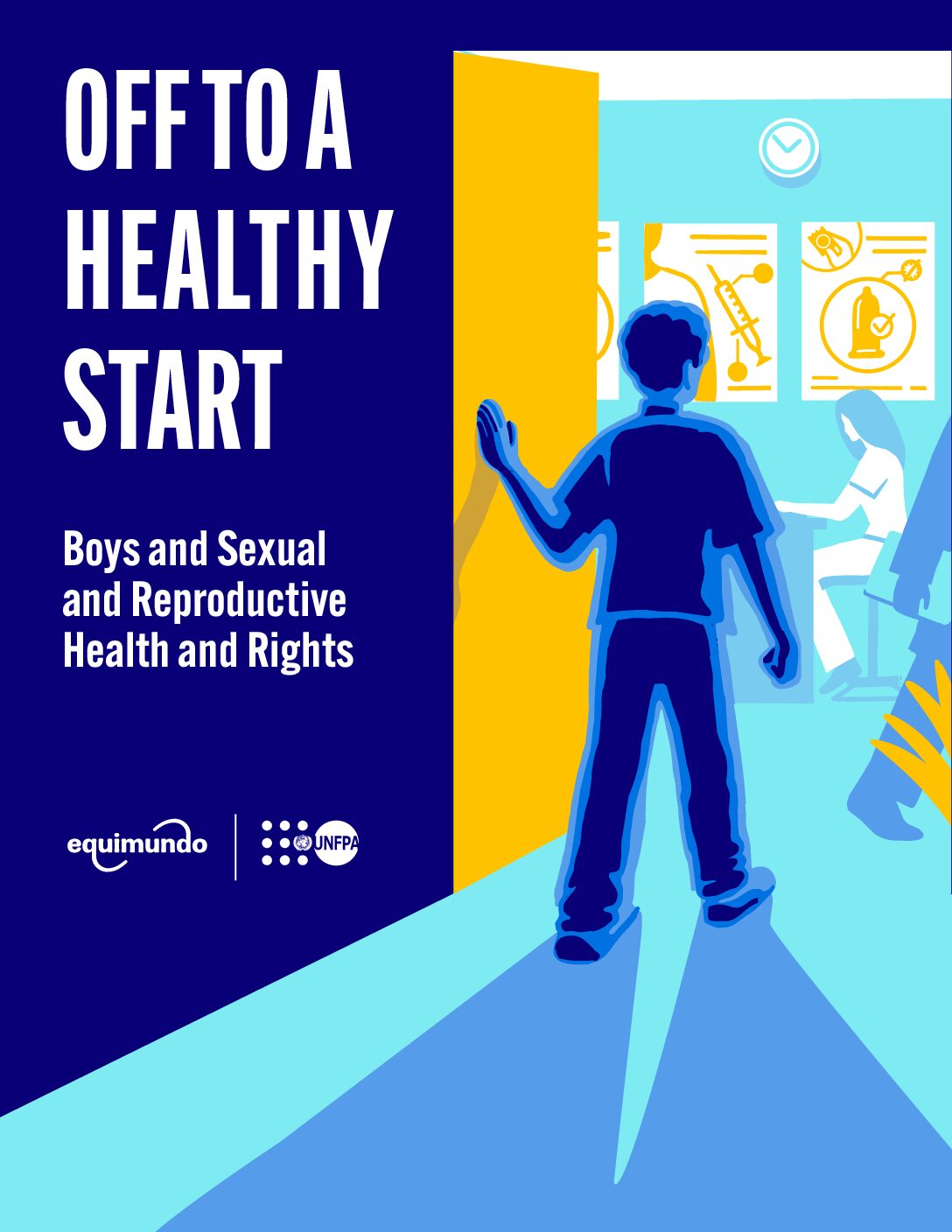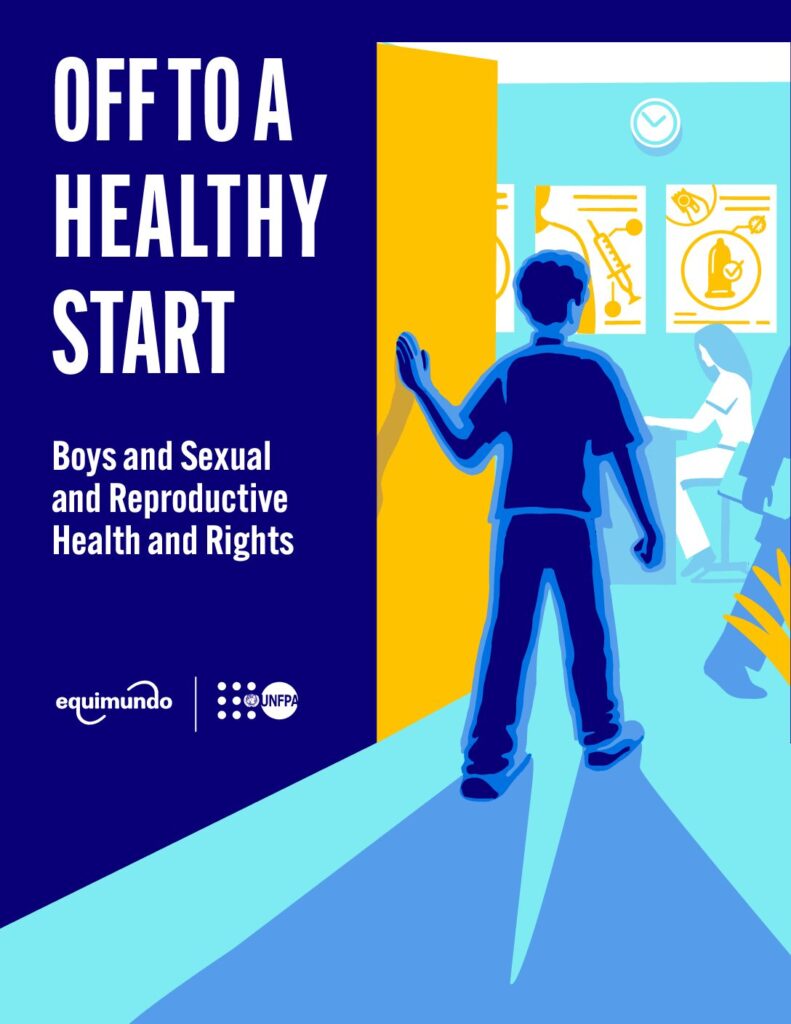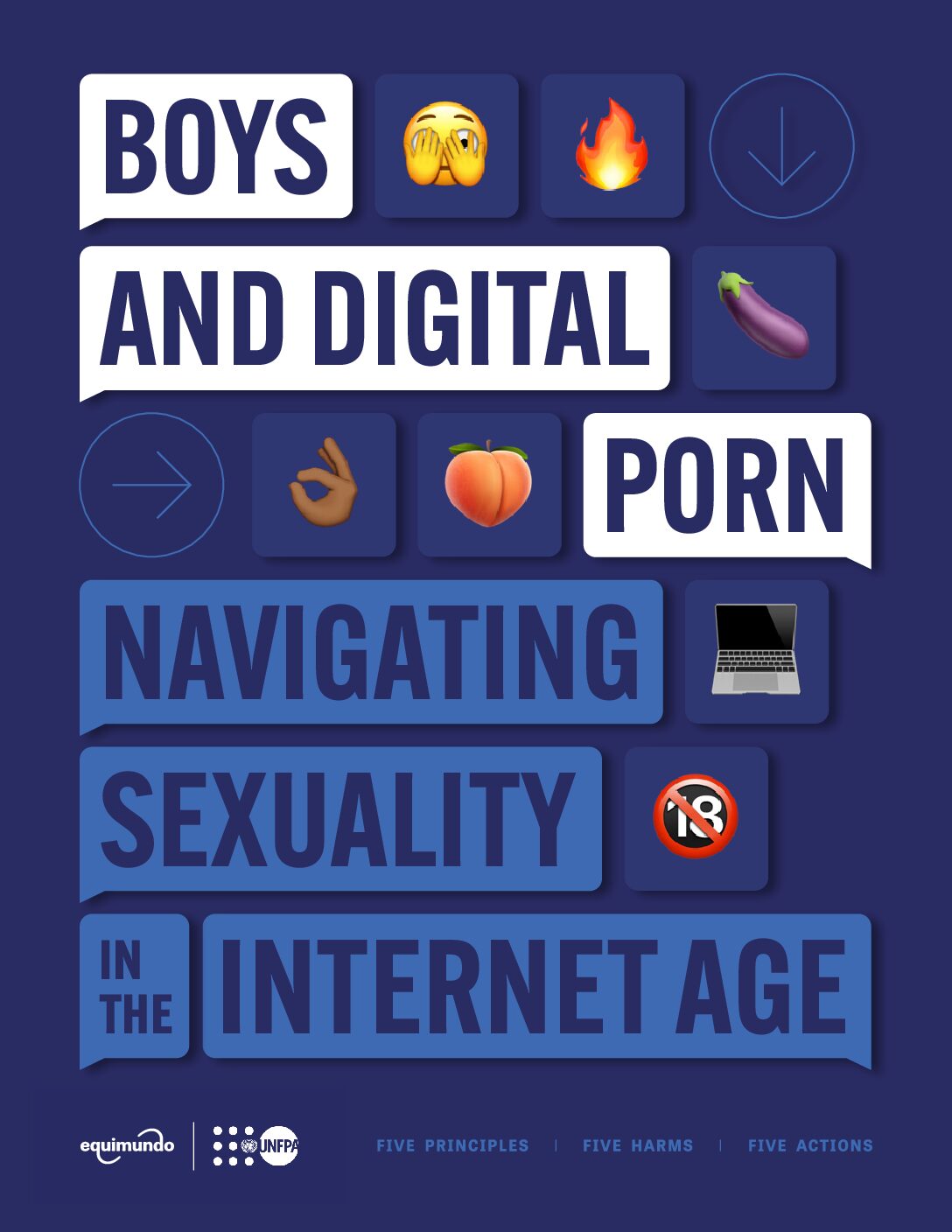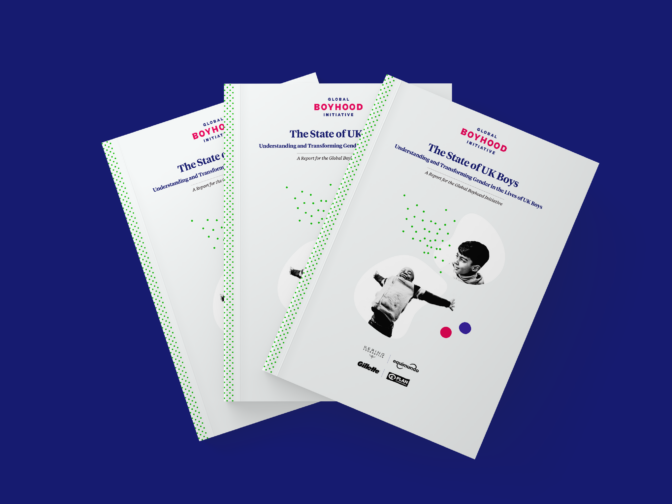From the earliest stages of learning about their bodies, identities, attractions, reproductive choices, and desires for relationships, boys need information, services, and support – in order to support themselves and others around them.
This infographic summarizes the importance of sexual and reproductive health and rights (SRHR) knowledge, socio-emotional skills, and resilience for boys aged 4 to 19, spanning childhood through adolescence. It also underscores the significance of including boys in SRHR programming and of encouraging critical reflection on gender and power dynamics. If we succeed at this, we will improve the lives of others, including girls and women in the lives of boys and the men they will become. This inclusive approach contributes to advancing broader objectives of gender equality and gender justice for all people.
Boys’ sexuality, their sexual and reproductive health and rights, and relationships are absolutely central to their individuality, overall health, and future wellbeing. How they relate to and engage in their sexuality and SRHR also directly affects those around them. But you’d never
know it from looking at the information provided to boys, the services that are offered to them, and the data that are collected on their experiences. When the narrative around SRHR only prioritizes girls and women’s reproductive health, SRHR service institutions miss the chance to transform the gendered social norms and expectations that often lead to stereotyping of SRHR issues as being just a female-issue.
Therefore, it is crucial to keep championing women’s and girls’ SRHR; and at the same time, addressing the health, knowledge and support of boys and men is essential to achieve the highest levels of health and wellbeing. Boys are an important target population because they are absorbing restrictive and harmful gender norms during this stage of life; if we catch them early enough, we can prevent this norm-setting pattern.




